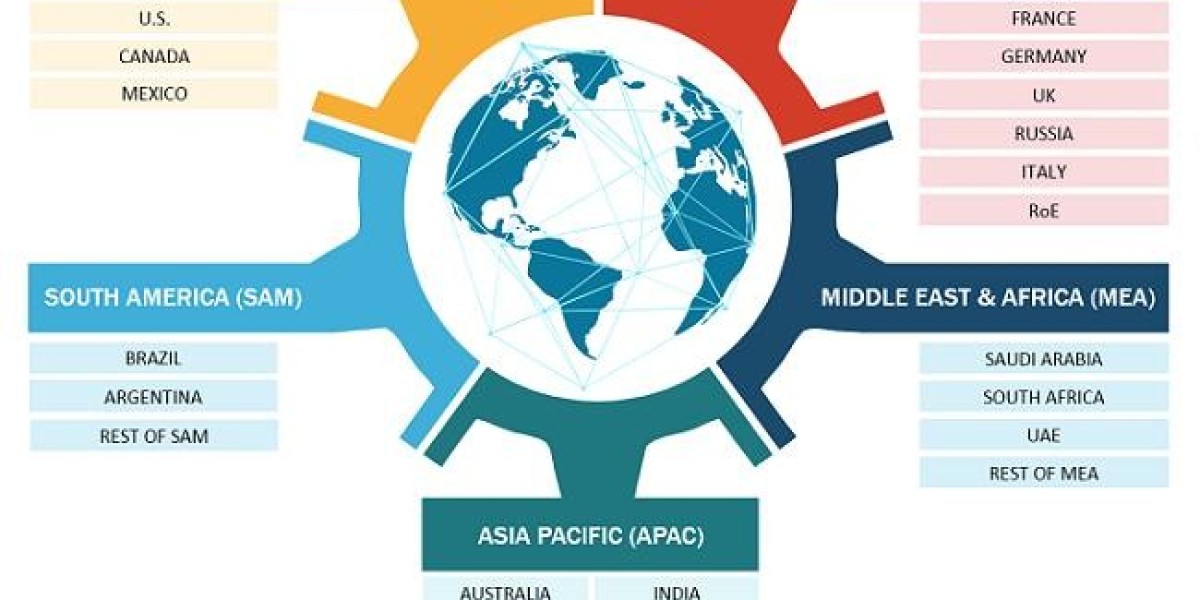In recent years, digital transformation has taken the education sector by storm, with institutions embracing online learning to enhance accessibility, scalability, and student engagement. One of the most significant developments in this domain is the rapid rise of Online Program Management (OPM) services. According to a comprehensive market study, the global OPM market, which was valued at US$ 3,916.3 million in 2019, is expected to grow at a CAGR of 15.4% during the forecast period from 2020 to 2027, reaching US$ 11,986.4 million by 2027.
This robust growth trajectory is underpinned by changing learner preferences, the global expansion of higher education, and the increasing adoption of digital tools by academic institutions. In this blog, we’ll break down the drivers, business models, education levels, and strategic shifts shaping the OPM industry.
What is Online Program Management?
Online Program Management (OPM) providers partner with universities and colleges to design, market, and manage online degree and non-degree programs. They offer a suite of services including:
Curriculum design and development
Student recruitment and enrollment management
Course delivery platforms
Retention support services
Marketing and lead generation
This enables educational institutions to launch high-quality online programs without incurring heavy internal investments or navigating complex digital infrastructures.
Key Market Drivers
1. Digitization of Higher Education
The pandemic dramatically accelerated digital adoption in education. While many institutions initially shifted online out of necessity, many are now embracing it as a long-term strategy. Online programs offer flexibility, scalability, and cost-efficiency, which are crucial for institutions navigating financial pressures and shifting student demographics.
2. Increasing Demand for Lifelong Learning
The nature of employment is rapidly changing due to automation, AI, and shifting industry needs. As a result, professionals are seeking short-term, skill-based certifications and advanced degrees to stay competitive. OPMs are helping universities tap into this growing demand by launching online professional certifications and postgraduate courses.
3. Global Reach and Accessibility
Universities are looking to attract students beyond their local geographies. Online programs managed by OPMs allow institutions to reach international learners without physical campuses, democratizing access to quality education.
Market Segmentation: By Business Model
The OPM market is segmented based on the business models used by providers. The three dominant models include:
1. Revenue Share Model
This is the most commonly used model, where the OPM provider and the institution share tuition revenue, typically over a long-term contract (usually 5–10 years). The OPM bears upfront costs for program development, marketing, and support, while the university focuses on academic delivery.
Pros: Low upfront cost for universities, full-service support
Cons: Less control over tuition pricing and marketing, long-term commitments
2. Fee-for-Service Model
Under this arrangement, universities pay a flat fee for specific services such as course design, technology integration, or marketing, instead of sharing revenue.
Pros: Greater control and transparency, no long-term revenue loss
Cons: Requires initial capital investment from institutions
3. Hybrid Model
Combining aspects of both models, hybrid arrangements offer flexibility based on institutional needs. For example, an institution might pay for course development while sharing revenue on student acquisition and support.
Pros: Customizable based on goals and capacity
Cons: Complexity in contract negotiations and performance management
Market Segmentation: By Education Level
The OPM market also segments by education level, with each category seeing varying levels of demand:
1. Undergraduate Programs
While traditionally slow to move online due to concerns about engagement and learning outcomes, undergraduate programs are increasingly going digital—especially for adult learners and community college partnerships.
2. Postgraduate Programs
This is the largest segment, with MBA, M.Ed., and M.S. programs among the most popular online offerings. Postgraduate degrees are in high demand among working professionals seeking career advancement.
3. Professional Certifications
Non-degree, stackable credentials have seen explosive growth. These include bootcamps, micro-credentials, and continuing education programs aligned with industry trends (e.g., data science, cybersecurity, healthcare administration).
4. Others
This includes diploma programs, associate degrees, and specialized training for industries such as healthcare, legal, and engineering.
Regional Trends and Opportunities
North America
North America continues to dominate the global OPM market due to the early adoption of online education, strong technology infrastructure, and the presence of major players like 2U, Pearson, and Academic Partnerships.
Europe
European universities are increasingly embracing OPM partnerships to compete globally, especially post-Brexit, as they seek to attract international students.
Asia-Pacific
The APAC region is witnessing the fastest growth, driven by rising internet penetration, a large young population, and government-backed digital education initiatives in countries like India, China, and Southeast Asia.
Competitive Landscape
The OPM space is becoming increasingly competitive and dynamic. Key players in the market include:
2U Inc.
Pearson Education
Academic Partnerships
Keypath Education
Wiley Education Services
These companies are expanding their service portfolios, investing in AI-powered analytics, and entering new markets through acquisitions and strategic collaborations.
However, new entrants and niche providers are also challenging the traditional OPM model by offering unbundled services or tech-enabled solutions with more favorable terms for universities.
Challenges in the OPM Market
Despite its growth, the OPM market faces several challenges:
Regulatory Scrutiny: In some countries, especially the U.S., there is increasing scrutiny over long-term revenue-sharing agreements and student outcomes.
Cost vs. Value Debate: Questions about whether online degrees provide equal value compared to traditional formats continue to surface.
Data Ownership and Transparency: Concerns around data sharing between institutions and OPM providers are growing.
Evolving Student Expectations: As students demand more personalized, engaging, and career-relevant content, OPMs must constantly innovate.
The Road Ahead: Future of OPM
Looking forward, the OPM market will likely continue evolving in several ways:
More Modular and Stackable Learning Pathways: Learners want flexibility, and OPMs will support micro-credentials and pathway programs that stack into full degrees.
Increased Institutional Control: Universities may seek shorter contracts and fee-based models to retain control over pricing and branding.
AI and Data-Driven Decision Making: Predictive analytics and AI will play a bigger role in student recruitment, retention, and engagement strategies.
Hybrid Learning Models: Combining in-person and online elements, especially in professional and postgraduate programs, will become the norm.
Conclusion
The Online Program Management market is set to nearly triple in value by 2027, fueled by digital disruption, evolving learner needs, and the global pursuit of accessible, scalable education. As institutions navigate this complex landscape, choosing the right OPM partner and business model will be crucial to long-term success. With innovation, flexibility, and data-driven strategies at the forefront, the future of OPM is not just promising—it’s transformational.













